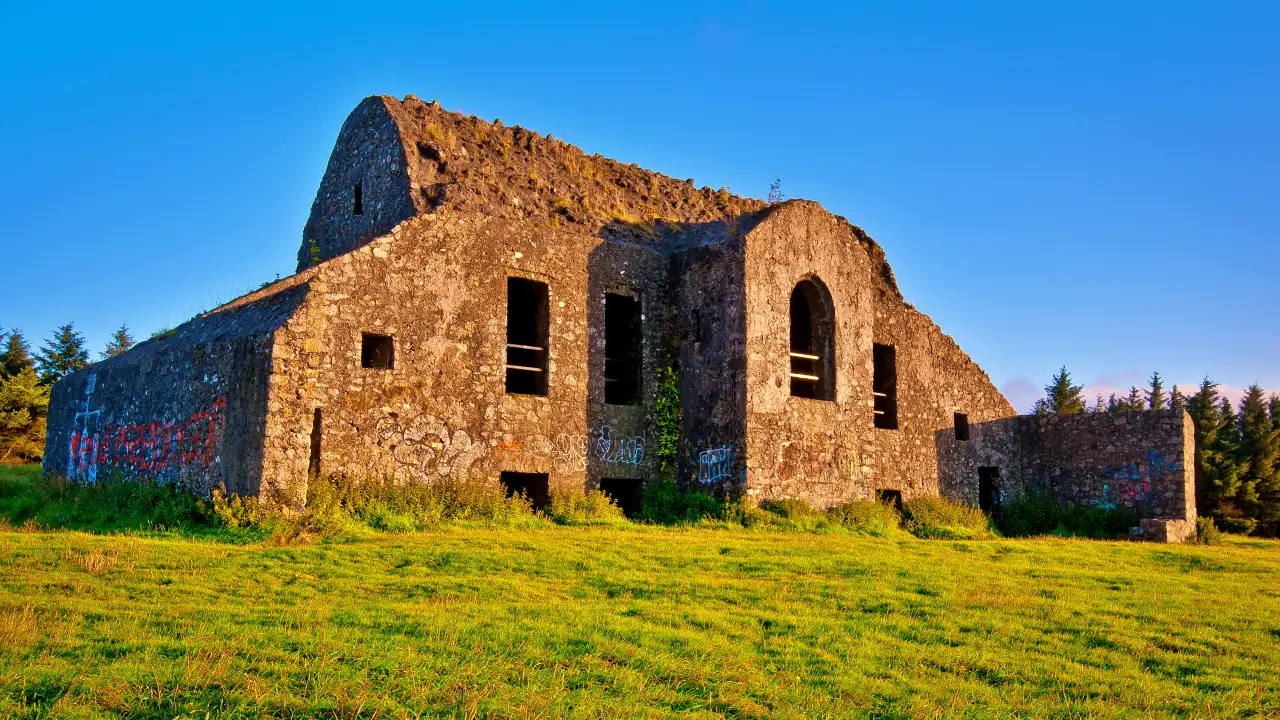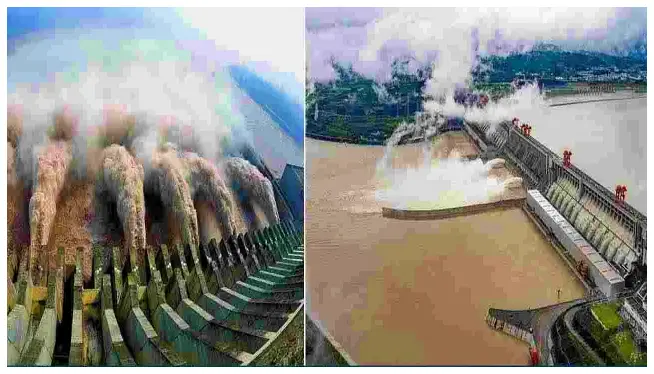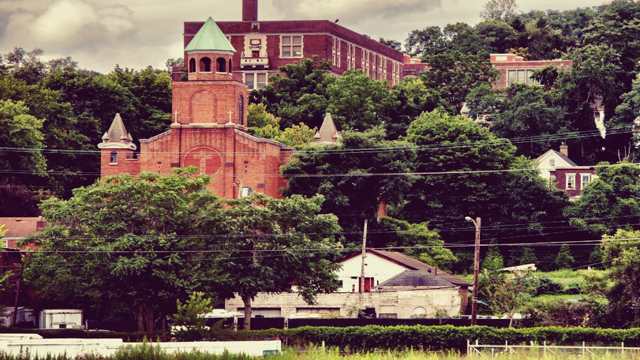Table of contents
Geography is the study of the locational and spatial variation in both physical and human phenomena on Earth. The word derives from the Greek words h g (“the Earth”) and graphein (“to write”).
Key points
Geography is also the title of various historical books on this subject, notably the Geographia by Klaudios Ptolemaios (2nd century).
Geography is much more than cartography, the study of maps. It not only investigates what is where on the Earth, but also why it’s there and not somewhere else, sometimes referred to as “location in space”. It studies this whether the cause is natural or human. It also studies the consequences of those differences.
History of Geography
The Greeks are the first known culture to actively explore geography as a science and philosophy, with major contributors including Thales of Miletus, Herodotus, Eratosthenes, Hipparchus, Aristotle, Dicaearchus of Messana, Strabo, and Ptolemy. Mapping by the Romans as they explored new lands added new techniques.
During the Middle Ages, Arabs such as Idrisi, Ibn Battuta, and Ibn Khaldun built on and maintained the Greek and Roman learnings. Following the journeys of Marco Polo, interest in geography spread throughout Europe. During the Renaissance and into the 16th and 17th centuries the great voyages of exploration revived a desire for solid theoretical foundations and accurate detail. The Geographia Generalis by Bernhardus Varenius and Gerardus Mercator’s world map are prime examples.
By the 18th century, geography had become recognized as a discrete discipline and became part of a typical university curriculum. Over the past two centuries the quantity of knowledge and the number of tools has exploded. There are strong links between geography and the sciences of geology and botany.
Methods
Spatial interrelationships are key to this synoptic science, and it uses maps as a key tool. Classical cartography has been joined by the more modern approach to geographical analysis, computer-based geographic information systems (GIS).
Geographers use four interrelated approaches:
- Systematic – Groups geographical knowledge into categories that can be explored globally
- Regional – Examines systematic relationships between categories for a specific region or location on the planet.
- Descriptive – Simply specifies the locations of features and populations.
- Analytical – Asks why we find features and populations in a specific geographic area.
Branches
Physical geography
This branch focuses on Geography as an Earth science, making use of biology to understand global flora and fauna patterns, and mathematics and physics to understand the motion of the earth and relationship with other bodies in the solar system. It also covers mapmaking and navigation, and includes environmental geography.
Human geography
The human, or political/cultural, branch of geography – also called anthropogeography focuses on the social science, non-physical aspects of the way the world is arranged. It examines how humans adapt themselves to the land and to other people, and in macroscopic transformations they enact on the world. It can be divided into the following broad categories: economic geography, political geography (including geopolitics), social geography (including urban geography), feminist geography , environmentalism, cartography, and military geography.
Historical geography
This branch seeks to determine how cultural features of the multifarious societies across the planet evolved and came into being. Study of the landscape is one of many key foci in this field – much can be deduced about earlier societies from their impact on their local environment and surroundings.
Related Fields
Urban and Regional Planning
Urban planning and regional planning use the science of geography to assist in determining how to develop (or not develop) the land to meet particular criteria, such as safety, beauty, economic opportunities, the preservation of the built or natural heritage, etcetera. The planning of towns, cities and rural areas may be seen as applied geography although it also draws heavily upon the arts, the sciences and lessons of history. Some of the issues facing planning are considered briefly under the headings of rural exodus, urban exodus and Smart Growth.
Regional Science
In the 1950s the regional science movement arose, led by Walter Isard to provide a more quantitative and analytical base to geographical questions, in contrast to the more qualitative tendencies of traditional geography programs. Regional Science comprises the body of knowledge in which the spatial dimension plays a fundamental role, such as regional economics, resource management, location theory, urban and regional planning, transportation and communication, human geography, population distribution and environmental quality.





















